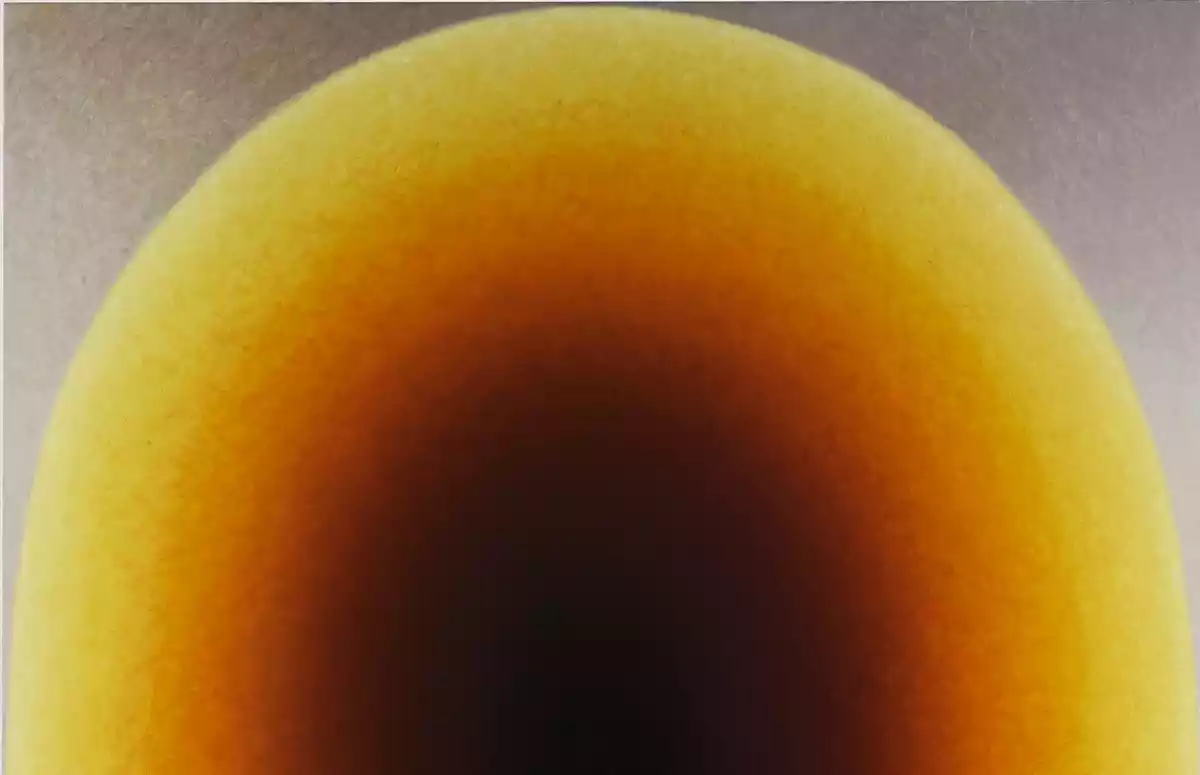FAB Market Insights
Stay informed with our art news and market insights.
Updated 4.3.2023, First posted 12.30.2021
There is an important difference between ‘collecting’ art - paintings, photographs, prints or sculpture - as opposed to buying art randomly to fill a space or as a holiday memento. And this distinction applies equally to collecting prints at $5,000 each as paintings at $1 million. Building an art collection should be an extremely satisfying and rewarding experience. But whether you’re looking to acquire art for decorative or investment purposes — for most new collectors it is usually a combination — it can be difficult to know where and how to start.
Art advisory firms such as Fine Art Brokers can help you navigate the process, explaining what type of art is available and at what prices, the many buying options, sourcing art suitable for you, and clarifying the due diligence needed. ‘We work at all price levels, and we enjoy working with both new and seasoned collectors,’ says Ray Waterhouse, co-founder of Fine Art Brokers. ‘To the surprise of many of our clients, our preliminary consultations are complimentary, and we only charge a commission if a purchase is made.’
With the art market continuing its post-pandemic resurgence, read on for our guide to starting your own art collection.
Work out Your Style
First and foremost, try to identify an aesthetic that reflects your taste. To work out a style that suits your aesthetic and budget, you need to look and look and look. ‘Expose yourself to as much art as possible,’ says Waterhouse. ‘You’ll soon learn to trust your instincts and, most importantly, find out which artists, mediums and subjects pique your interest.’
Attending art fairs is an excellent way to hone your taste, as you can see up to 100 galleries in one visit and talk to some dealers. Also, auction previews are very useful, as you can see a variety of art and see the estimated prices clearly displayed. Gallery openings and museum exhibitions are also a great way of developing your eye and discovering new talent.
So too is browsing the myriad of digital resources online. All galleries and auctions have websites of course, and for inspiration look to Instagram and Artnet, as well as the websites and social channels of the artists, galleries, museums, curators and critics that you admire. Waterhouse particularly recommends Artsy for its easy navigability. ‘Plus, it’s free to browse,’ he says, ‘and you can filter by price, subject and size.’
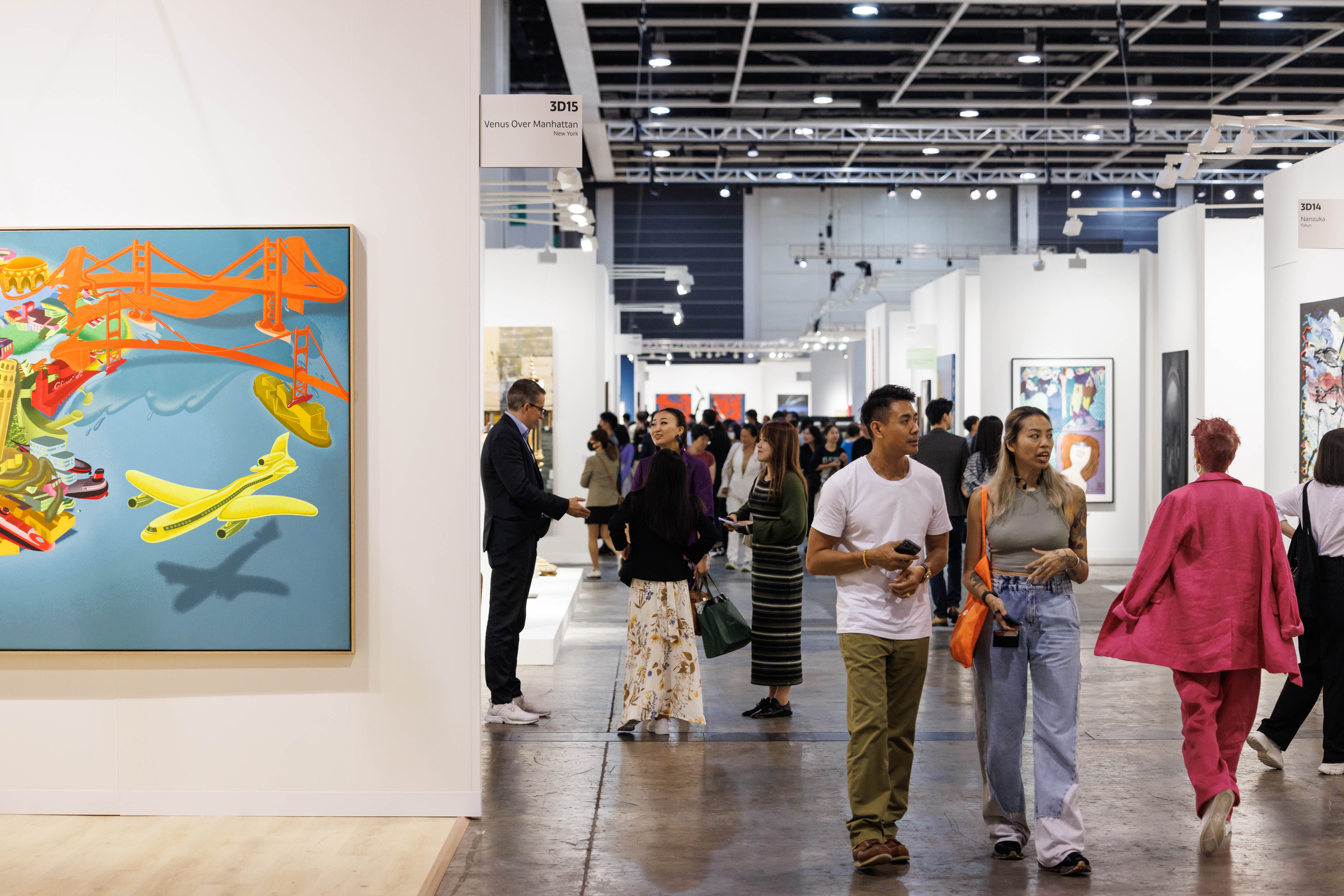
If something catches your eye, google the artist’s name to find out more. And don’t be afraid to start a conversation with a gallerist. ‘Engaging with industry insiders is a great way of finding out about the story of an artwork or artist,’ says Waterhouse. ‘Get comfortable asking about things like framing, provenance and the install process too. Buying art for the first time should be fun, experiential and educational.’
Waterhouse also recommends signing up to industry newsletters to keep abreast of the latest news, sales and trends in the market. (These are usually subscription based.) Notable examples include those curated by Artnet, Artsy, ARTnews, Art Market Monitor, The Canvas and Baer Faxt.
You could also consider employing an art advisor. A good advisor will have a wealth of knowledge and contacts and be able to guide you through the process. ‘We can advise on market trends, relative value and, of course, quality,’ adds Waterhouse. And contrary to perception, good advisors can actually save money for collectors by helping them avoid mistakes, choose the right work and negotiate the best price. Those advisors with good relationships with galleries can also help collectors buy art at the primary stage, ie when it is first offered. Galleries offering ‘hot’ artists restrict sales to known collectors or advisors they can trust so an advisor can help a new collector get the inside track.
‘While we rarely advise clients to buy art with investment as the primary objective, we do help them make wise decisions.’
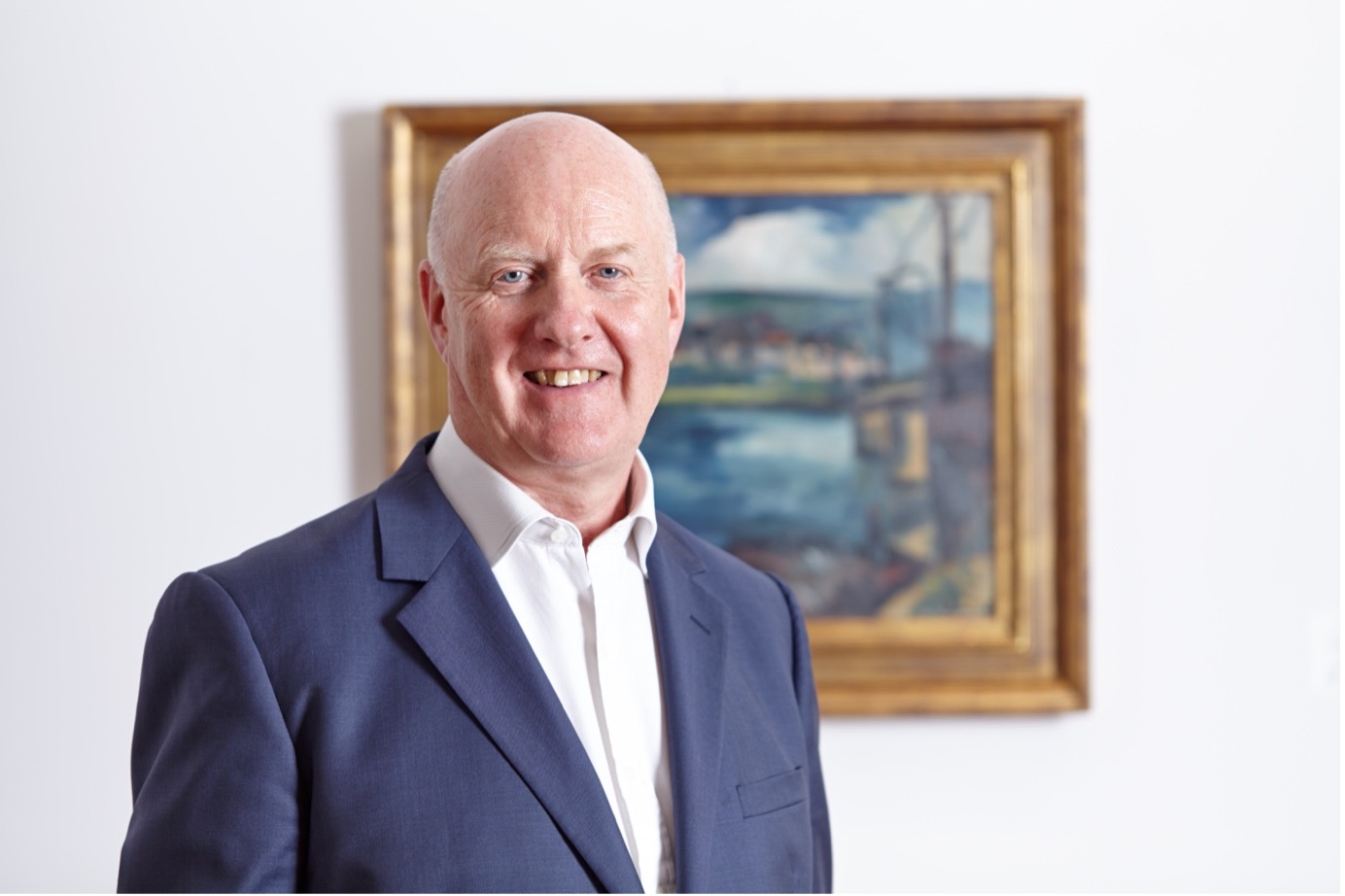
Take Your Time
For Waterhouse, it’s important to identify what you want from your collection and to take the time to research the main factors at play when considering an important purchase. When collecting secondary market art, there is usually data to substantiate the price, in the form of prior auction results, exhibitions and catalogues. Reading between the lines of this data does require some experience.
For a new or emerging artist, look for potential growth, market recognition and a track record of success. Find out whether the artist has enjoyed solo or group shows or taken part in an artist residency programme. Look to see if they’re featured in any private or public collections or are the focus of any national or international press coverage. Follow their sales at auction and online. ‘If they’re consistently outstripping their estimates, you may want to think about taking the plunge sooner rather than later,’ says Waterhouse.
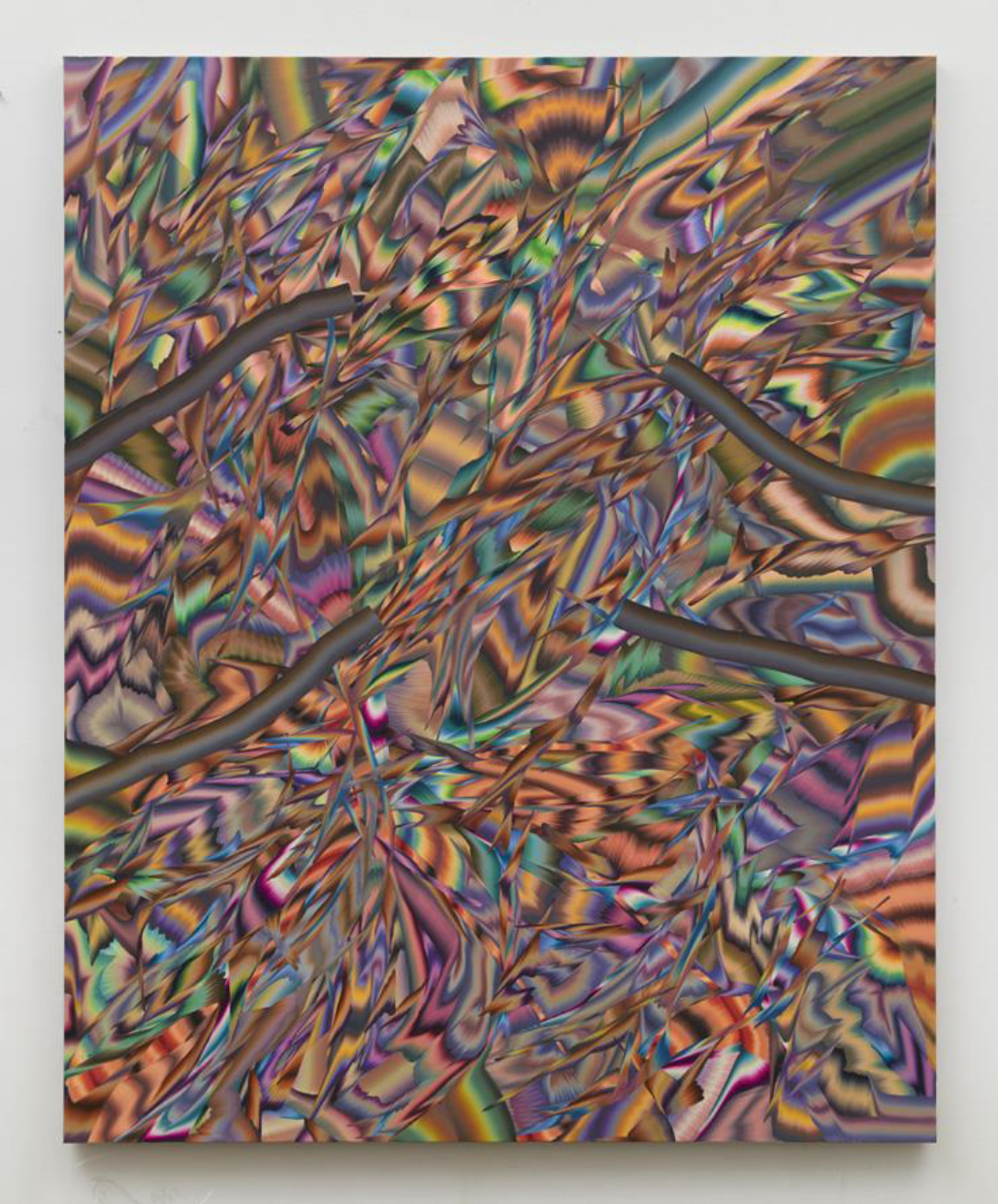
King is a well-known, collectible artist and his gallery is selective about clientele. Fine Art Brokers helped a new collector purchase this beautiful work because of our relationship with the gallery. We then arranged international delivery for our oversees client.
Waterhouse suggests that new collectors focus on compatible styles and subjects rather than on buying a wide range of art. ‘Many new collectors later regret some of their early acquisitions and wish they had bought fewer but better-quality works,’ says Waterhouse. This of course takes confidence, which makes it another area that advisors can help with.
‘The market can change quickly and so can your taste,’ adds Waterhouse. ‘So don’t be overzealous at the outset. There are no guarantees your artwork will increase in value, so buy work that you love and will want to live with every day no matter what.’
Set a Budget
With so much choice online and offline, establishing a budget will help narrow your search. Familiarize yourself with the historical prices of artists or mediums you like by using price indices like Artnet’s Price Database tool. Alternatively, see if a competitor gallery is exhibiting or selling similar artwork by the same artist.
‘If your budget is relatively modest,’ says Waterhouse, ‘I’d recommend looking for a great work by an emerging or mid-career artist in your price range over a second-rate work by an established name. The best of any particular type tends to out-perform average works by more renowned artists.’
For Waterhouse, it’s also quality over quantity every time. ‘Buy fewer but better works,’ he says. ‘If your budget is $30,000 for three pieces, for instance, consider buying a more important piece for $15,000 and spending the remainder on two lesser painting or on prints rather than spreading the budget equally.’ The same theory applies if your budget is $300,000 or $3million.
You also need to factor into your budget associated costs such as shipping, insurance, framing and installation. ‘Ask a trusted professional for the nuts and bolts of costs before making a significant purchase,’ says Waterhouse, adding that since Covid shipping costs have increased significantly.
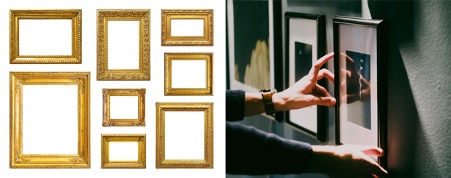
Choosing the right frame can dramatically improve the overall appearance of a painting.
Entry-level Pieces
Print editions, photographs and works on paper tend to be the most accessible mediums for new collectors. ‘Great limited-edition prints and photographs by well-known artists can go for as little as $10,000,’ says Waterhouse, adding that while a larger edition run will make the print more affordable the resale value won’t appreciate as much.
Printmaking should not be considered a second- or third-class medium. Prints can enable an artist to experiment with new styles and concepts and reach a larger audience. As such, they are an integral part of an artist’s overall story. ‘There are many prints and photographs which make hundreds of thousands of dollars,’ says Waterhouse. ‘But only ever buy prints with a limited edition and signed individually by the artist — and ask the seller for a certificate’
Scale is another factor to consider. Broadly speaking, smaller artworks tend to be less expensive than larger works.
Taking the Plunge
Before purchasing an artwork, it’s imperative to assess its condition and verify its legitimacy. ‘Request a condition report from the seller,’ advises Waterhouse, ‘and ask about the work’s provenance.’ The previous ownership of a secondary market work can really impact on the value. Alternatively, you could enlist the help of an advisor specialising in your category. ‘We can provide recommendations, market reports and research as well as advising on authentications and licenses,’ he adds.

If you’d like to keep your identity confidential during the buying process, Fine Art Brokers can view works and negotiate discreetly on your behalf. ‘We also offer a comprehensive range of auction services, which includes inspecting lots and giving advice on appropriate bid prices, as well as private bidding,’ says Waterhouse.
When it comes to buying art online or directly from the artist, extra caution is required. ‘The continued growth in digital sales makes it more important than ever to know how to judge value, condition and authenticity remotely,’ says Waterhouse. For more information, read the FAB guide to buying art online with confidence.
An advisor can also introduce buying options not available to a new buyer. Waterhouse explains that ‘we have sourced art loaned to museums and bought them for clients, as well as sourcing art from private collectors and international dealers we know.’
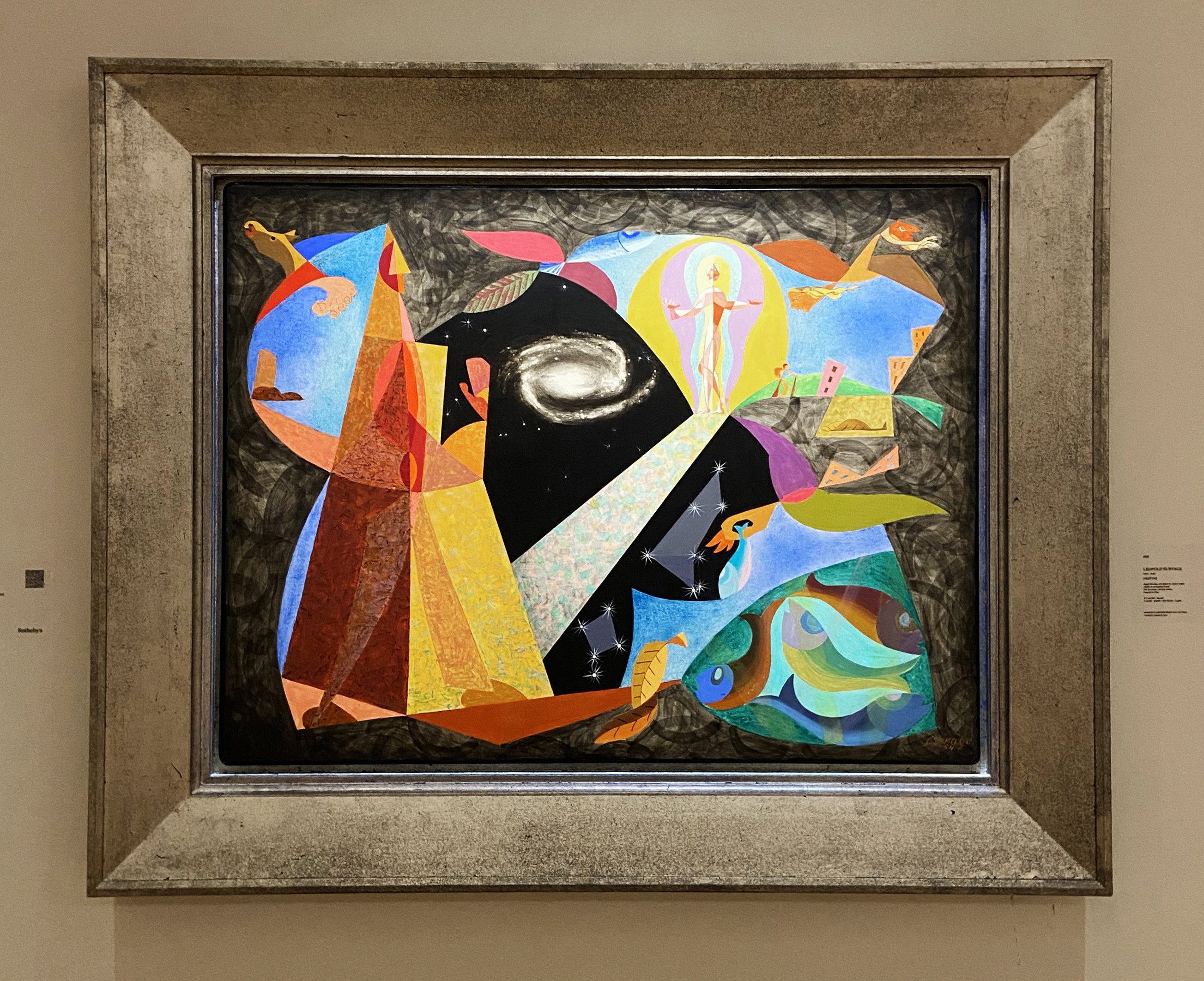
Fine Art Brokers advised a US client on the value and condition of this Survage painting at a London auction in February 2023, and successfully bid at a price of approximately $75,000. Our one fee also included arranging export documentation and shipping.
Protect Your Art
To best protect your art in transit and in situ, research the range of available post-sale services, from shipping and installation to framing, insurance and storage. Most galleries will cover the insurance of a work during delivery, while auction houses hand over liability to the purchaser as soon as the work is collected. Waterhouse suggests asking the seller of the artwork or a trusted advisor, gallerist or auction house specialist for tailored advice.
Thought should also be given to hanging your art in the proper pace. No artwork should be displayed in direct sunlight. Even frequent reflected light can damage works on paper. Look to museum glass which has UV protective features when exploring framing options.
It’s also imperative to keep hold of all paperwork pertaining to the sale. Most experts do not reissue certificates if they are lost, and many artworks are almost unsalable without a certificate of authenticity.
Collection Management and Some Conclusions
If you’d like assistance managing your collection, look to experts in the field with experience in cataloguing, research, valuations for insurance, logistics and installation. Some art advisory firms will also offer conservation and curatorial advice, as well as advice on institutional lending and donation. ‘We advise our clients in the long term, suggesting new acquisitions and which pieces to sell and when,’ says Waterhouse.
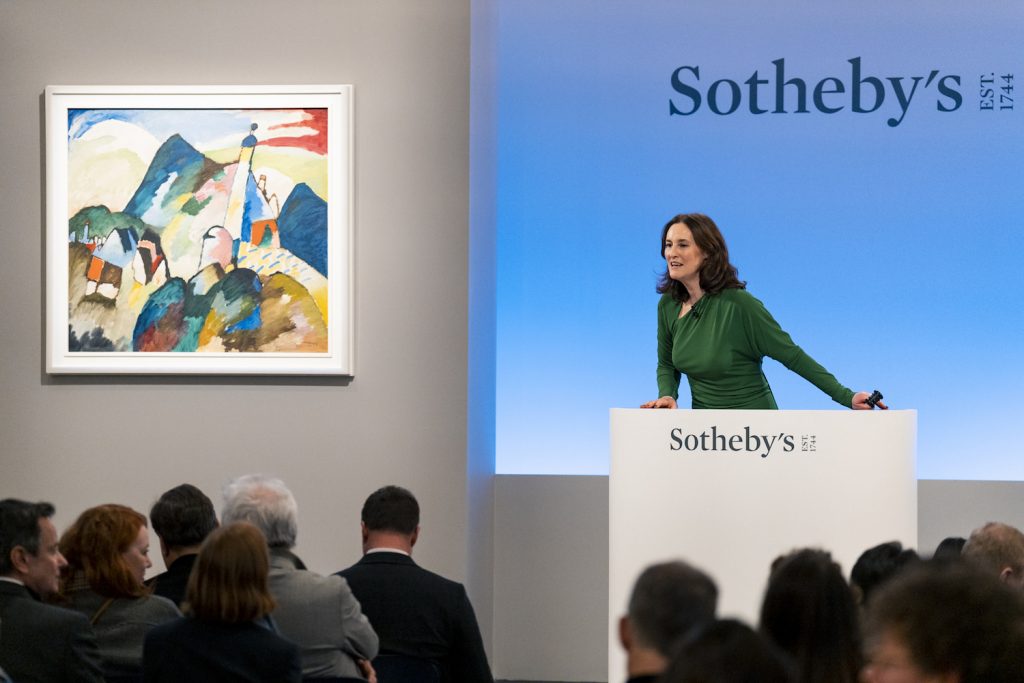
Kandinsky sold at Sotheby’s London February 2023 for $44.9 million. Image courtesy of Sotheby’s
It might seem from the advice given above that collecting fine art is onerous and full of pitfalls. ‘But collecting fine art can and should be an enjoyable and rewarding experience if you act with your head as well as your heart,’ says Waterhouse.
Many new collectors may prefer to embark on the journey alone but finding a reputable art advisor or broker can fast track your experience and add many layers of security. ‘It can even save you money,’ concludes Waterhouse, ‘for a good art consultant will educate you about the art market, prevent you from overpaying and manage the administration after a purchase is made.’


